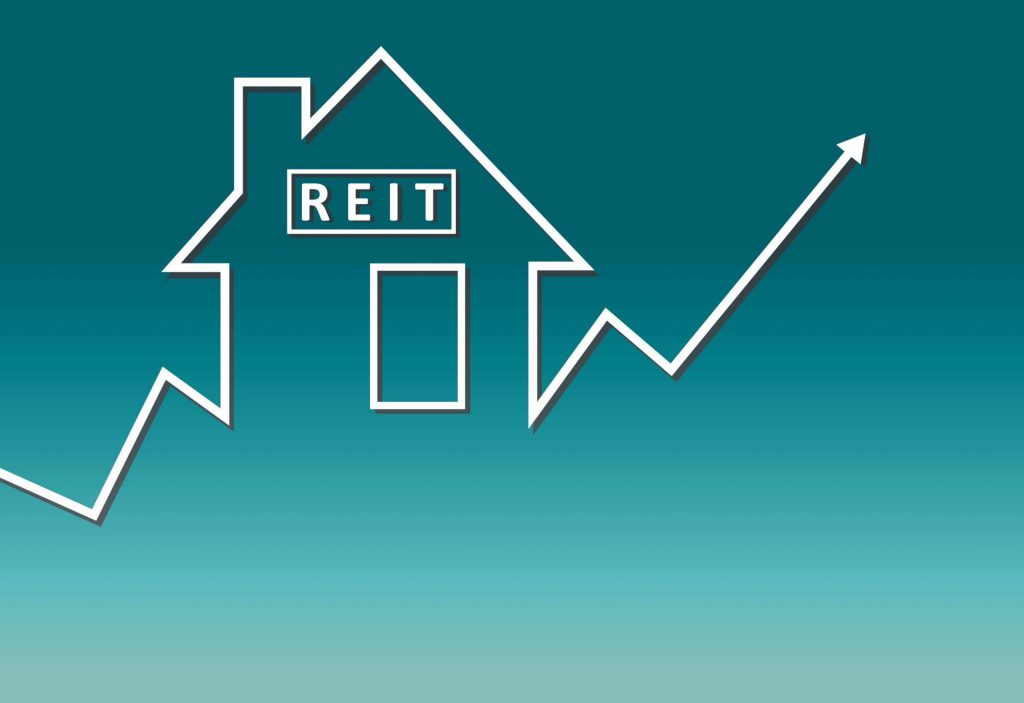Over $5.8 billion in institutional investments were made in 53 deals in the real estate sector in 2023, a 14% increase from 2022. Demonstrating India’s resilience in the face of global economic headwinds. Investor confidence in the Indian growth story is expected to persist through 2024, according to JJL India report titled “Investing in Tomorrow: The Real Estate Journey of 2023.”
With a 63% stake in the total investments in 2023, foreign institutional investors made up the most contributors. The Americans, historically the most to investments, saw a sharp decline to 23% of total investments from a peak of 43% in 2022.
Nonetheless, domestic investors saw a sharp rise in market share, with 37% of all investments made, up from an average of 19% over the preceding five years.
With 81% of all real estate investments made, equity remained the predominant type of investment. Non-core assets make up 53% of all transaction volumes.
According to the report, the office sector will continue to be the most favored industry in 2024.
With a 52% share of the investment pie, the office sector by a wide margin. Residential and warehousing came in second and third, respectively, at 13% and 16%. The amount of capital flowing into the office sector increased by 61% in 2023, from $1.8 billion in 2022 to $3 billion in 15 deals.
Emerging industries to draw capital
In the upcoming years, many institutional investments will go toward emerging industries like student housing, data centers, and warehousing. Institutional investors in India have been paying more attention to student housing as an asset class. There is a big chance for institutional investment in this space because of the rising number of students going to college and the rising need for high-quality housing.
Institutional investments in India in 2023 appeared unaffected by inflation or unclear global economic trends. The trend of investments surpassing $5 billion has persisted since 2018. The US and Canada’s investment activity has decreased due to various rate increases in the Americas. Nonetheless, the APAC area made a sizable contribution in 2023. The outlook for the Indian economy is still favorable, and we anticipate this positive trend will last into CY 2024, according to Lata Pillai, senior managing director and head of capital markets at JLL India.
Pillai continued, “The India growth story will continue to be robust, driven by its inherent strengths and continued focus on economic development, even though the upcoming elections may cause delays in decision-making.”
Platform Assertions
Furthermore, $2.8 billion in platform commitments to invest over the following few years was made public in 2023. Platform commitments decreased significantly (by 38%) from 2022, the year with the most growth in platform deals—a 174% rise from 2021.
The global economic slowdown has impacted investor sentiment toward long-term commitments despite increasing investments. With an investment capacity of more than $1.8 billion, Ivanhoe Cambridge and Mapletree struck the largest platform commitment deal in the history of technology-led offices in India last year.
Exploiting public market opportunities with REITs.
Real estate businesses and investors now have more ways to access public markets in India thanks to the introduction of REITs, which provide regulated investment structures and liquidity.
The first retail Real Estate Investment Trust (REIT) in India, Nexu Select Trut REIT, was listed in 2023. Anchor investors responded favorably to the IPO, absorbing 45% of its total size.
The last two REITs, Brookfield REIT and Nexus Select Trust REIT saw a rise in participation from domestic institutional investors, indicating a growing level of interest and confidence in the Indian REIT market. In 2023, Blackstone sold its 23.5% stake in Embassy Office Parks REIT for $850 million, or Rs 316 per unit, and left the REIT.
Bain Capital, ICICI Prudential MF, and Capital Group were the top three purchasers, acquiring stakes ranging from 7 to 9%. The robust reaction from institutional investors suggests that this real estate investment tool is becoming increasingly popular and that real estate is beginning to institutionalize.
2024
The nation’s growth trajectory has generally benefited from the government’s efforts to advance infrastructure development and bring structural reforms. Experts in the market believe that this growth will continue and that investors will continue to feel optimistic about India’s growth story.
Shortly, the outlook for private equity investment in the Indian real estate market is anticipated to remain positive, having recently improved.
However, it will be crucial to closely monitor the trends in capital flows going forward into 2024. The capital flow slowdown observed in the fourth quarter suggests the potential cautious approach investors, especially those with foreign experience, may take in 2024.
Investors may become more risk-averse and careful when making real estate investments due to long-term uncertainty and monetary tightening in developed countries. The upcoming elections may cause delays in decision-making, but overall market sentiment remains positive.

